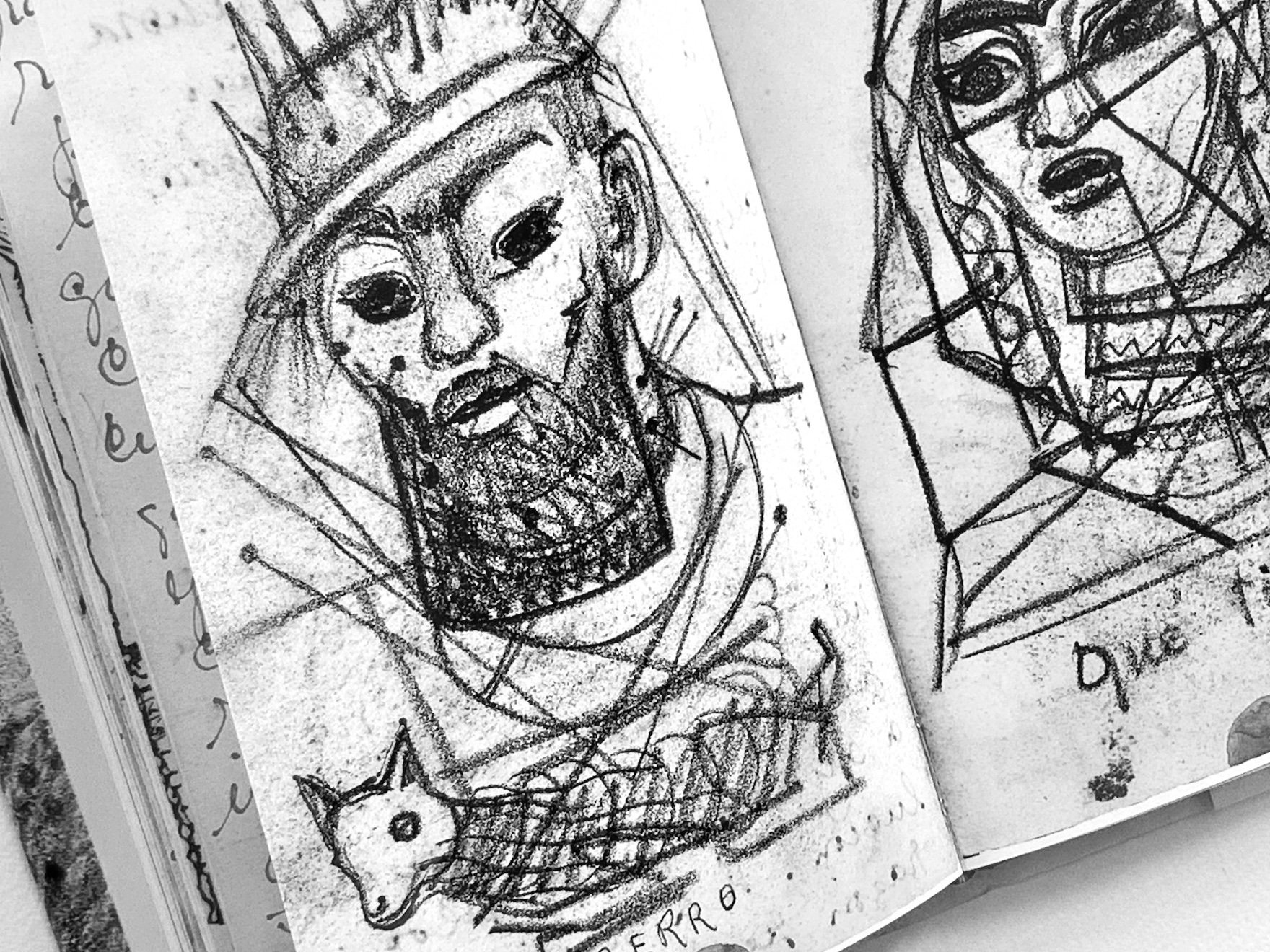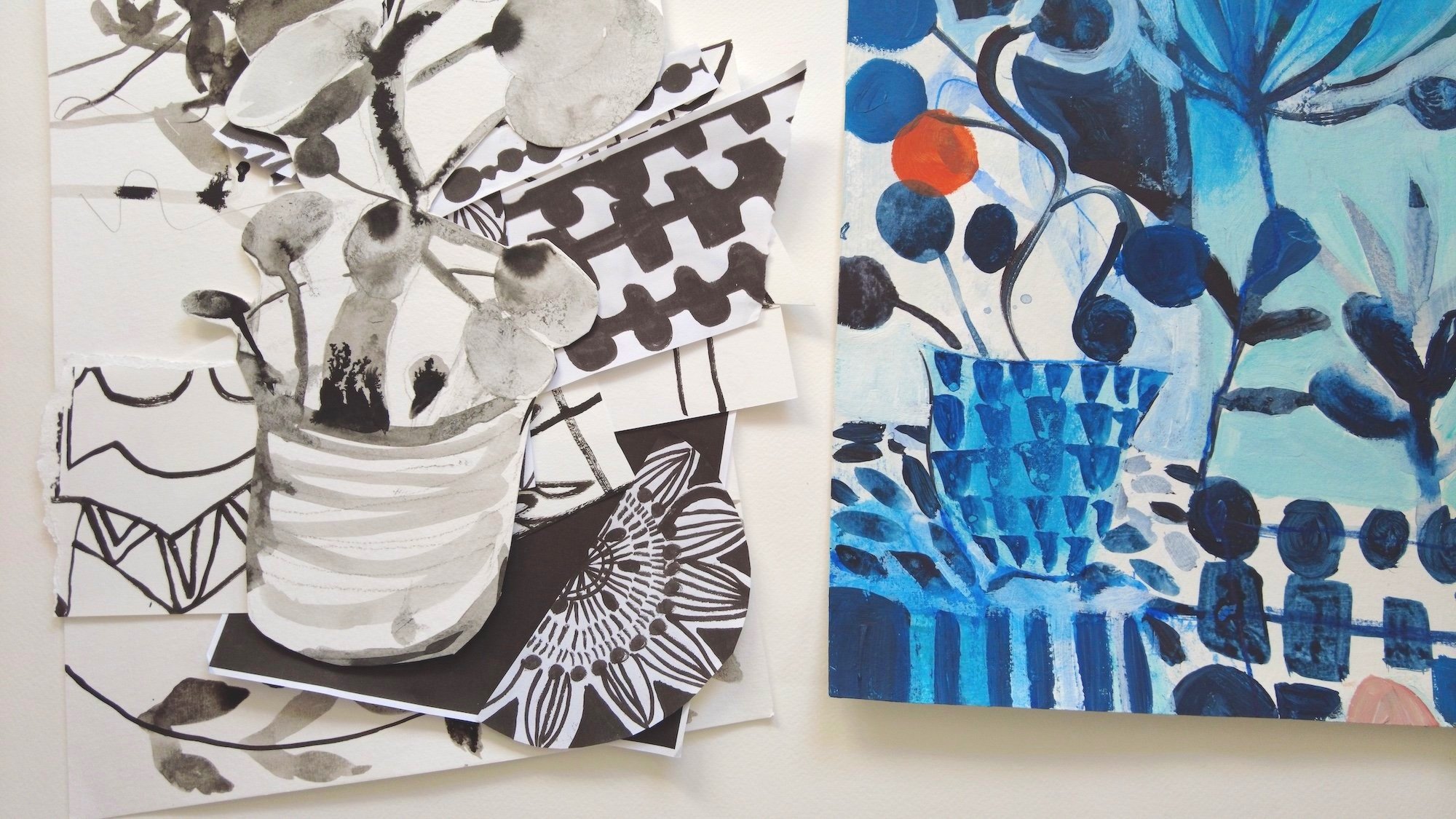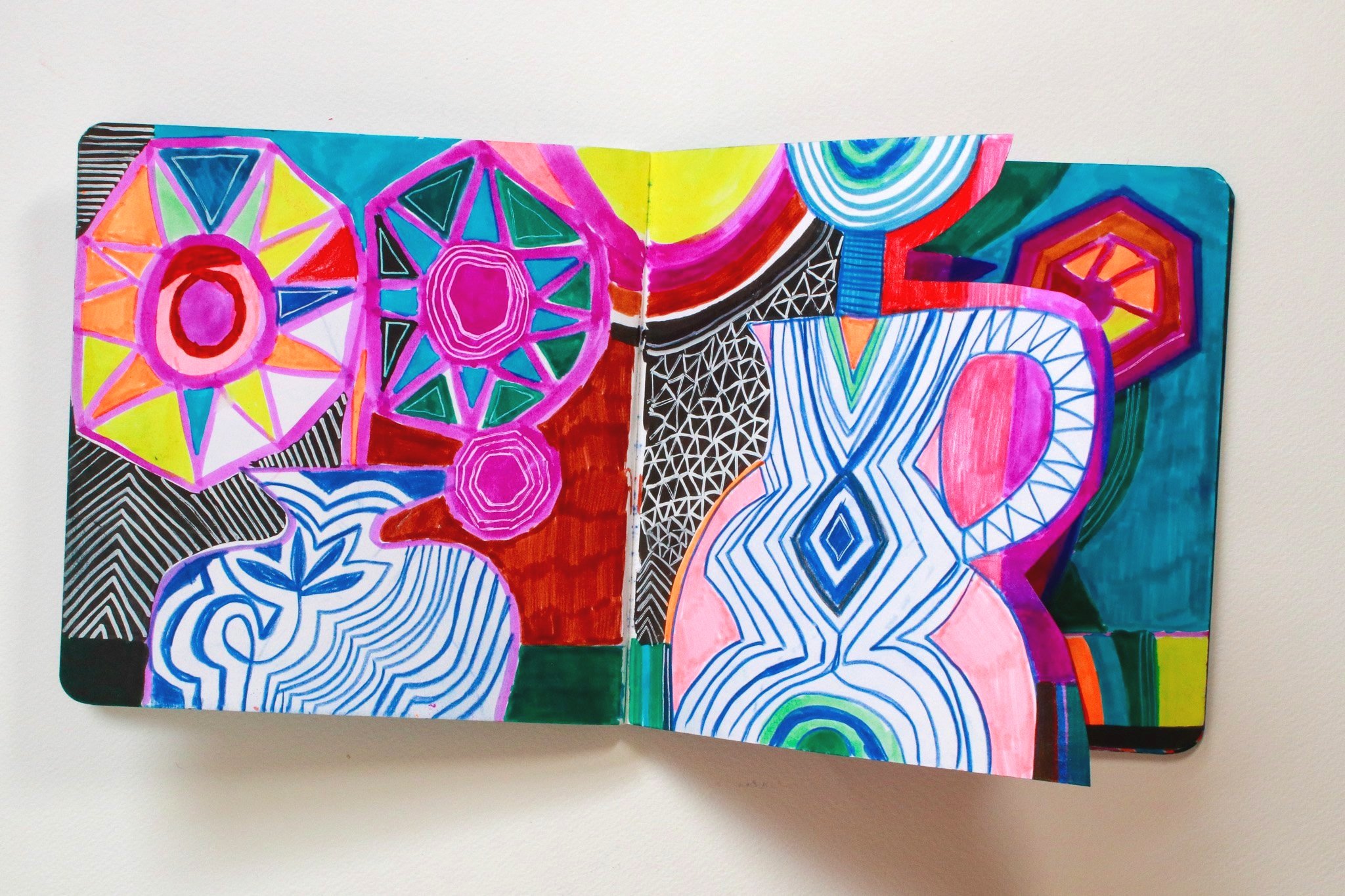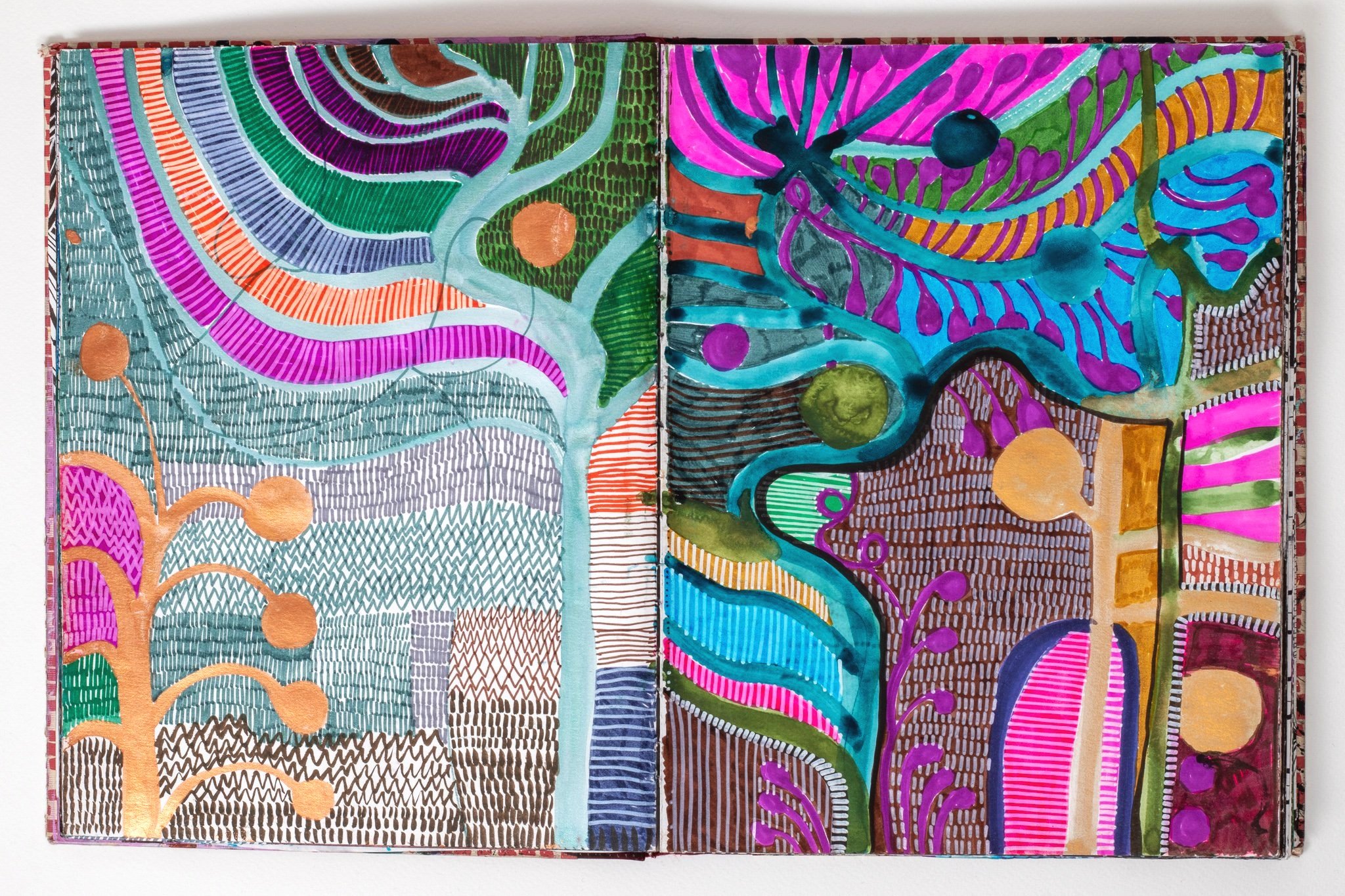
Art making ideasi
Ideas. Inspiration. A little creative mischief.
If you’re drawn to abstract and semi-abstract art, sketchbooks, colour and a little creative mischief, this is your corner of the internet.
Here you’ll find stories, videos, inspiration, art making advice and gentle nudges to help you create art that feels exciting to you.
Creative compost and joining the dots…
A few thoughts on what my sketchbooks are really for…
Abstract art: progression and process
The stages of an abstract painting and a few thoughts on process…
My favorite types of sketchbook
Some of my favorite types of sketchbook and thoughts on filling them up










